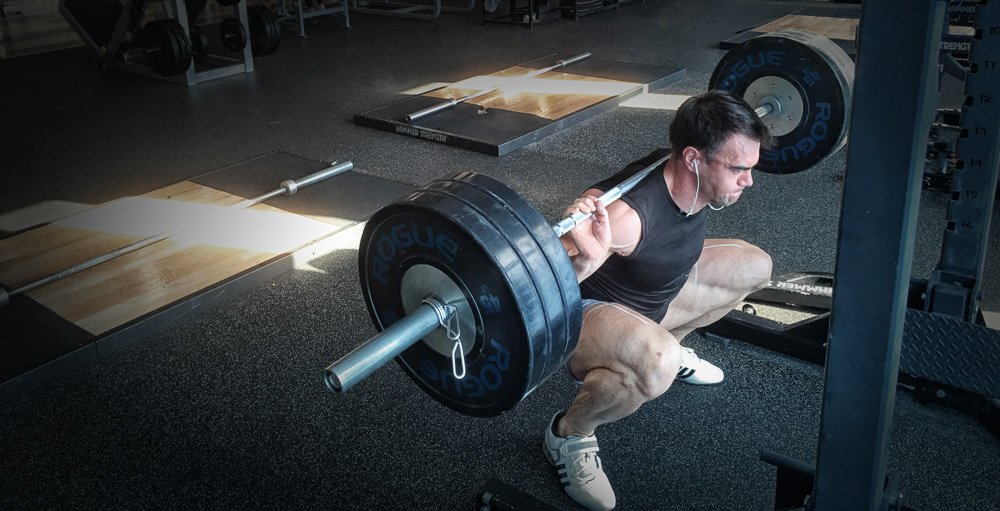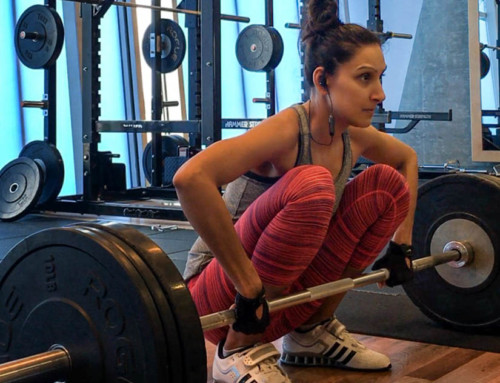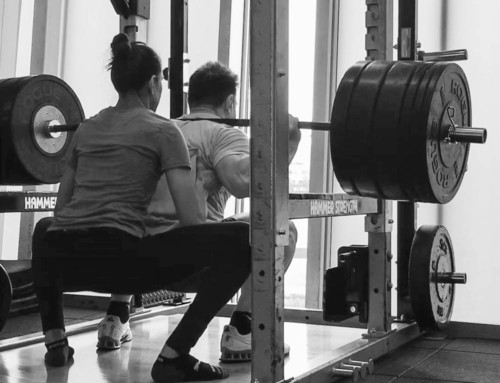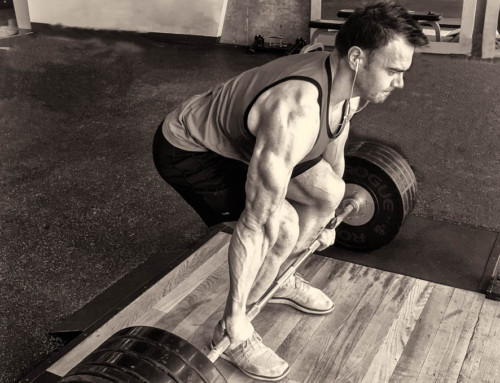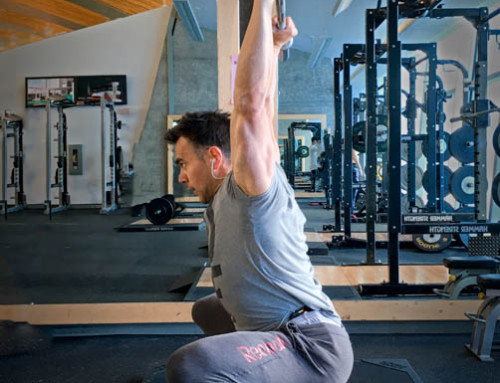We often get questions about Science and Strength training set-ups, parameters and so on. Many wish to know what we do in the gym but, seldom ask about “how” to do it. In this article, we discuss the “how to train” through seven basic rules towards training success. All the mentioned points are important, compliment one another, and are in no particular order.
1. Effort is a must to succeed at any goal, and training is no different.
To achieve your training goals, you need to work hard, sweat and push your limits. For physical activity, quantifying success is a little easier as results are often measured by way of training intensity (weight on the bar). Though effort is necessary during exercise, you should not push the body into muscular failure territory every single session. Training needs to be both, intense and intelligent.
Fatigue
Accumulation of fatigue is the product of any effective fitness program. But, the key is to monitor administered stress and not allow it to overtake the body. This is where listening to the body is essential, for overall progress and avoiding injury. Analyzing performed sessions illustrates the body’s play-by-play performance, which can be adjusted in order to ensure on-going progress towards set goals.
Trial and error
Training is a process that includes trial and error. Experimenting with different exercises, overload parameters and even training systems is not only suggested; it is encouraged. Broader practice expands understanding of your body, training systems, exercises and physical conditions that work best for you.
Train Smarter
Push hard, but be smart about it. The loads that you’re not ready for today will still be there next week, and a week after that. Each one of us leads a different lifestyle packed with unique challenges, stressors and abilities of our own. The “human” factor is an important aspect to consider when analyzing progress or projecting training. Be honest with yourself about your fitness level, set goals and given effort.
2. Strength is the foundation of all Training.
Whatever the training environment, everything links back to your ability to produce force. Every successful regime revolves around accumulating fatigue through incremental steps. This is where strength becomes the foundation of many programs. Strength is synonymous with more muscle, as you need more tissue to produce bigger and stronger contractions and move weight. Furthermore, lifting heavy improves neuromuscular patterns such as motor unit activation (quantity) and contractile ability (quality).
Being considered as the most important biomotor ability, strength also crosses into other skill sets be it in dynamic or endurance capacity. Progressive overload is used to set strength programs through adjustments of intensity, volume and frequency variables. Regardless of training goals: be it to increase total body strength, improve specific lifts (bench press, squats, deadlifts, push press, etc), or gain more muscle (hypertrophy), strength often makes up the bulk of such protocols.
3. Technique should triumph Intensity, especially for novice lifters.
If you choose to do something, do it well. When it comes to training, proper form is essential. Some wiggle room is acceptable when learning new lifts and understanding personal body mechanics but, that doesn’t mean to perform an exercise at any cost.
Statistically, majority of people are placed on opposite sides of this technique spectrum. Some individuals commit to technique like gospel and are very rigid when performing lifts. Such strictness limits progress due to inability to use adequate intensity. On the other hand, other trainees produce maximum effort regardless of exercise form.
Majority of the time, especially for beginners, learning proper form needs to be set as a priority. This is particularly important for compound lifts such as squats, deadlifts, push presses, etc, as these multi-joint movements carry a higher potential for injury. Proper exercise form engages specific neuromuscular activations, teaching the body a more efficient movement under load. With practice, the body adapts and develops motor patterns which can then be challenged with greater intensities.
Developing good form for all body movements should be the foundation for everyone. However, some deviation from technique at times may be acceptable with experimenting personal adjustments, or testing maximal lifting capacity.
4. Warm-Ups and Cool-Downs are a must to limit injury and speed up recovery.
Training includes more than just grinding out repetitions of certain exercises. Taking time to prepare the body through basic warm-up greatly reduces potential for injury as well as improves performance. Not a day goes by, where we don’t see somebody at the gym coming in and going straight into their training routine. Applying working set intensities onto a relaxed (unloaded) neuromuscular system is a recipe for disaster.
Warm up is important regardless of person’s fitness condition, injury history and physical potential. These dynamic and/or static mobility routines may take between ten to thirty minutes, by increasing blood circulation and engaging muscle and connective tissue.
Now, there is such a thing as too much warm up. Some people spend over 45 minutes stretching, rolling, pulling and lying around for a very brief training session. Extensive mobility and tissue work may improve flexibility, but does not create physical conditions towards greater performance (strength, speed).
Once the training session is over, the recovery needs to be initiated as soon as practical. The blood flow after working sets is still fairly elevated and needs to be taken advantage of by moving the nutrients towards damaged tissues while clearing up some of the byproducts and inflammation. This process is initiated by statically stretching worked muscles. Stretching after work outs not only improves recovery times but also contributes towards overall performance for upcoming sessions (mesocycle goals).
5. Consistency is key to achieving your training goals.
Consistency is a big part of training success. People who train every week (regardless of volume, and frequency) incrementally increase their muscular strength, speed and endurance. By taking time off, the body naturally detrains and loses some of its hard work achievement and fitness level. Therefore, sporadic training routines for New Year’s resolution or beach body prep may have some success (under certain conditions), but will never match up to the results obtained with year round training.
At Science and Strength, consistency is a major ingredient towards Stronger Leaner Faster self. To do that, our programs are structured in phases (mesocycles – periodization) focusing on one or two skills. By cycling different protocols, the body targets specific sub-goals for few weeks at a time before changing the training routine and focusing on different biomotor ability.
Consistent training generates progression data that can be analyzed and used as a feedback mechanism for necessary adjustments towards incremental success. Ongoing training records are super useful when analyzing results, projecting overload in future sessions and avoiding injury.
6. Setup good Nutritional Habits.
To perform in the gym or on the field, you need to fuel the body with quality nutrition, otherwise all the hard work will not bare fruit. Understanding the basics of macro and micronutrients needs to be the goal towards obtaining overall success. Don’t worry about calorie count and simply try to eat nutrient rich meals.
Eat protein from variety of sources. Don’t shy away from vegetarian protein options, as often number of ingredients within a dish combine to create a full nutritional profile, than a standard chicken breast and boiled veggies. Consume copious amounts of vegetables and fruits in raw or slightly cooked form. All such products contain numerous nutrients including vitamins, minerals and fiber.
As for fiber; it is your friend when it comes to improving good gut flora, increasing satiety while eliminating calories from the body. Also, healthy eating goes hand in hand with consuming good fats such as omega-3. Fat is an interesting topic but often misunderstood. Fat is important for metabolic health, energy systems, energy storage and body composition. Don’t avoid fat, but ensure that you’re eating the right kind. A dozen almonds, handful sunflower seeds, few slices of avocado often enough for meal or snack requirement, as fat packs twice as many calories compared to carbs or protein.
7. Make Recovery a priority.
Modern day life is busy and stressful on the body and mind. When looking at recovery, we often consider physical stress applied during a training session that can be easily identified through sore muscles, tingly spidey skin sensations and lower energy levels.
However, besides physical fatigue the body continuously engages in daily busyness of personal timelines, financial worries, business deadlines—all contributing towards psychological stressors. Fatigue is a natural body defence mechanism that activates when internal operating conditions decrease below certain threshold. These thresholds are different for everyone and often depend on personal lifestyles and abilities.
The most effective recovery for any form of fatigue is sleep. Sleep fixes many things, by clearing up the mind, improving physical tissue repair and restoring the body to metabolic baseline. The best way to get quality sleep is to wind down before bed by turning off all electronic gadgets (or place them on silent mode) and maybe a quiet read before turning off the lights.
Final Thoughts
Process of achieving fitness goals isn’t complex and is similar to other life endeavours.
- Strength shall be the foundation of any initial program and practiced with proper exercise technique.
- Train smart and hard at the same time.
- Prep the body and limit injuries through warm up and cool down.
- Consistency will always produce greater results.
- Eat nutrient dense meals and get plenty of sleep.
You can leaner more about our training programs and philosophy here:

